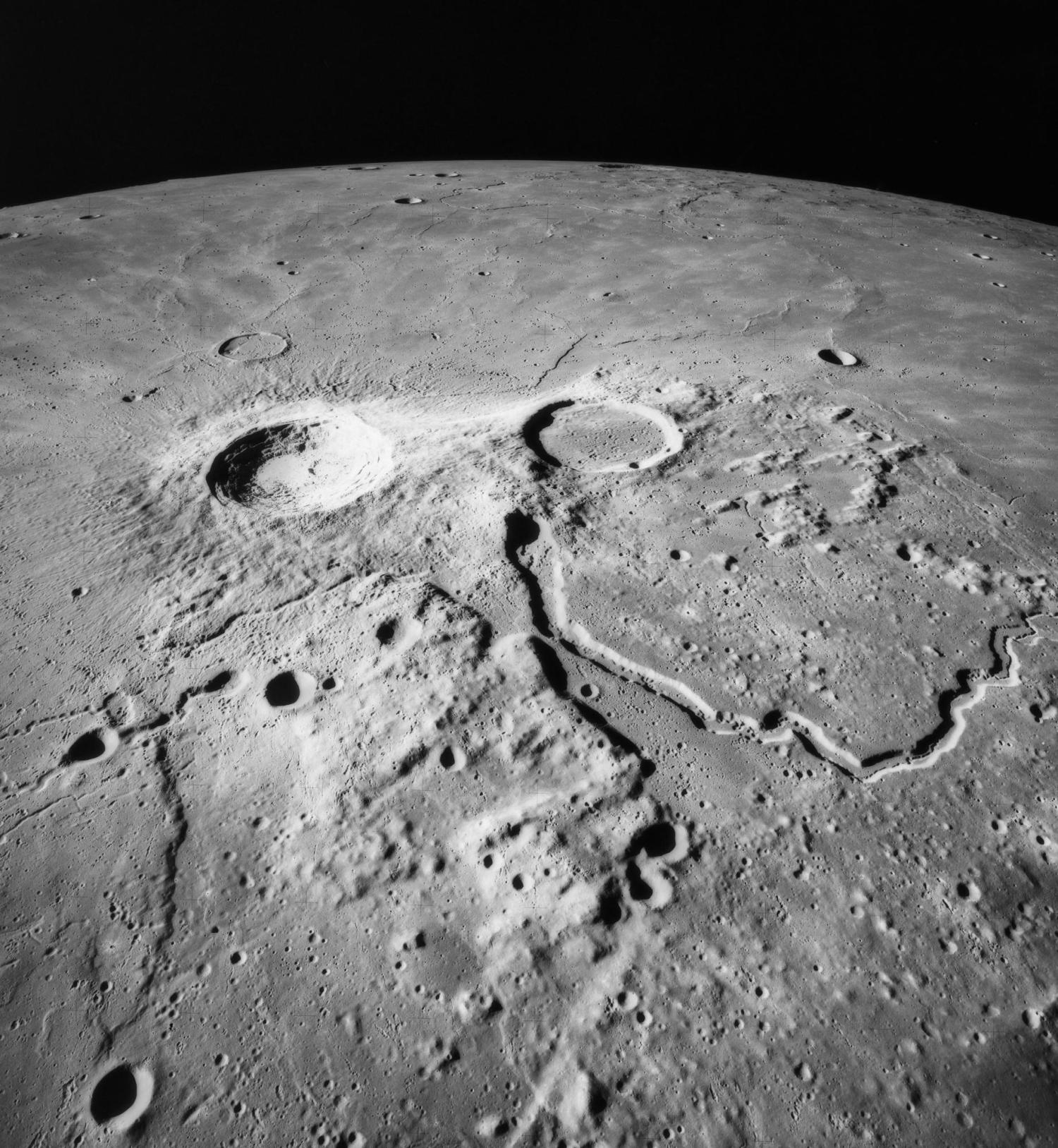
Let’s look way back in the past to the early days of the Moon when volcanoes erupted with geologic frequency. Those volcanoes covered the surface in what we now see as dark maria, mostly smooth plains of basalt. But it’s possible that those eruptions also left a huge boon for future astronauts – sheets of ice under the lunar poles that could be hundreds of meters thick.
A new study in The Planetary Science Journal presents the results of complex computer simulations that attempted to recreate conditions on the Moon about two to four billion years ago. Scientists found that tens of thousands of volcanoes gave off massive amounts of water vapor, and then that vapor settled onto the surface as ice. The team estimates that almost half of the water from the volcanic eruptions condensed, which is an impressive amount. Had humans been alive at the time, they might have seen a frosty Moon with actual polar ice caps. Lead author Andrew Wilcoski notes: The atmospheres escaped over about 1,000 years, so there was plenty of time for ice to form.
The ice then eventually accumulated at the poles and ended up covered in a thick layer of regolith. Co-author Paul Hayne notes: It’s possible that 5 or 10 meters below the surface, you have big sheets of ice.
All the more reason for more exploration of the Moon because, if there is accessible water ice there, we can more easily plan for a lunar base with drinking water available and the components for rocket fuel on hand. If having a lunar base is your sort of wish, of course.
The Moon keeps turning out to be more complex and, frankly, interesting every day.
More Information
CU Boulder press release
“Polar Ice Accumulation from Volcanically Induced Transient Atmospheres on the Moon,” Andrew X. Wilcoski, Paul O. Hayne, and Margaret E. Landis, 2022 May 3, The Planetary Science Journal




 Join the Crew!
Join the Crew!
 Escape Velocity Space News
Escape Velocity Space News
0 Comments